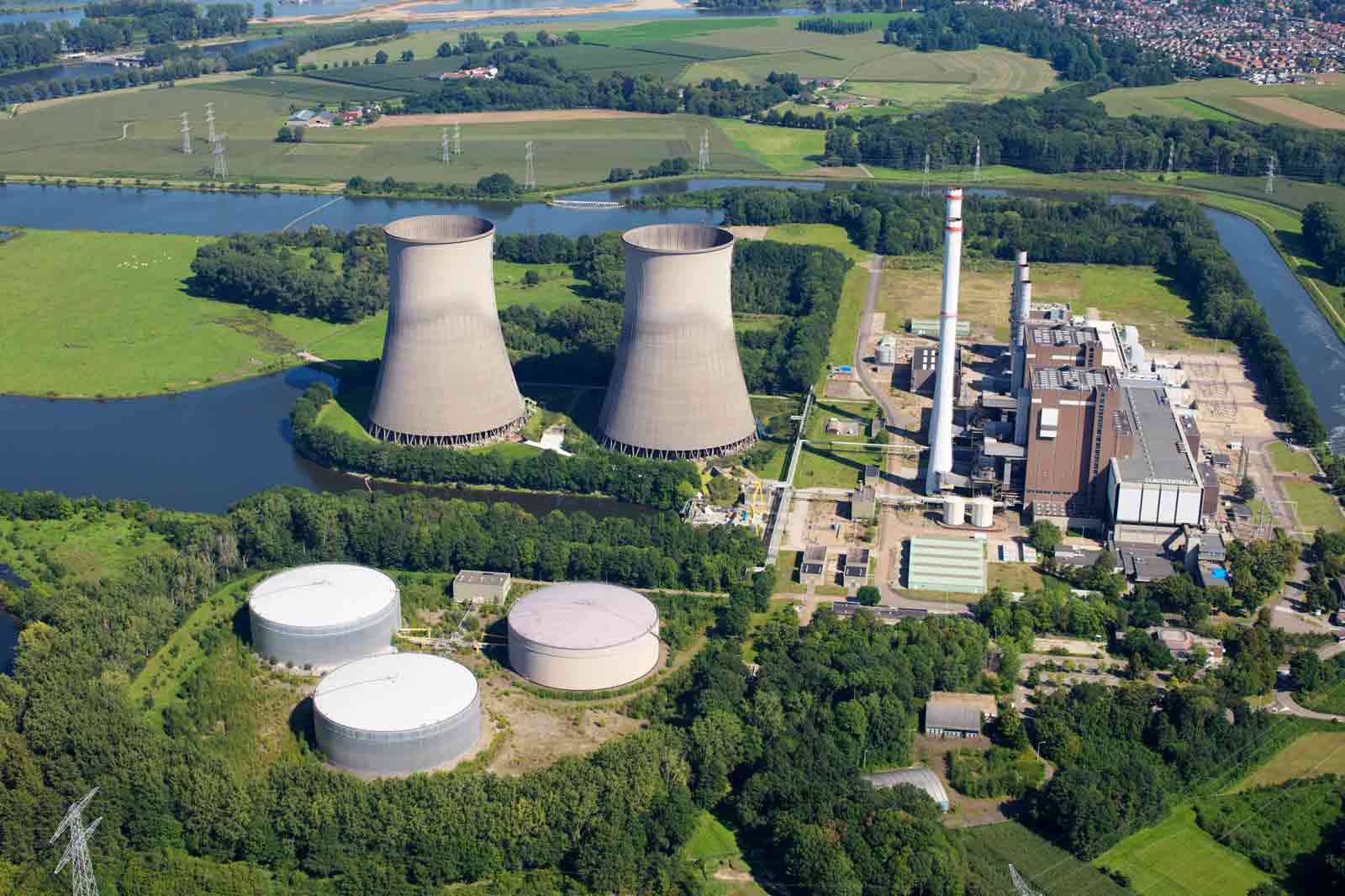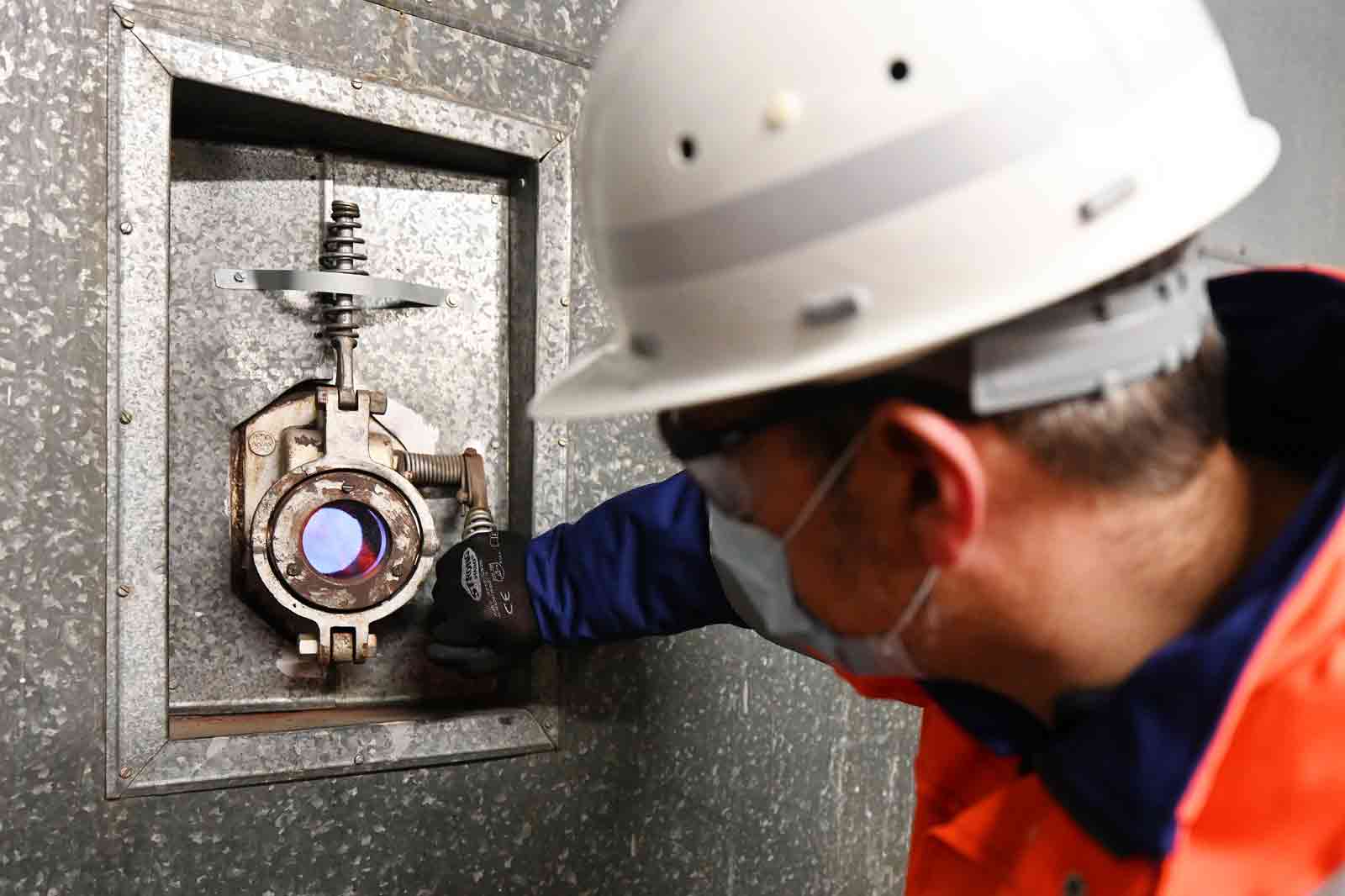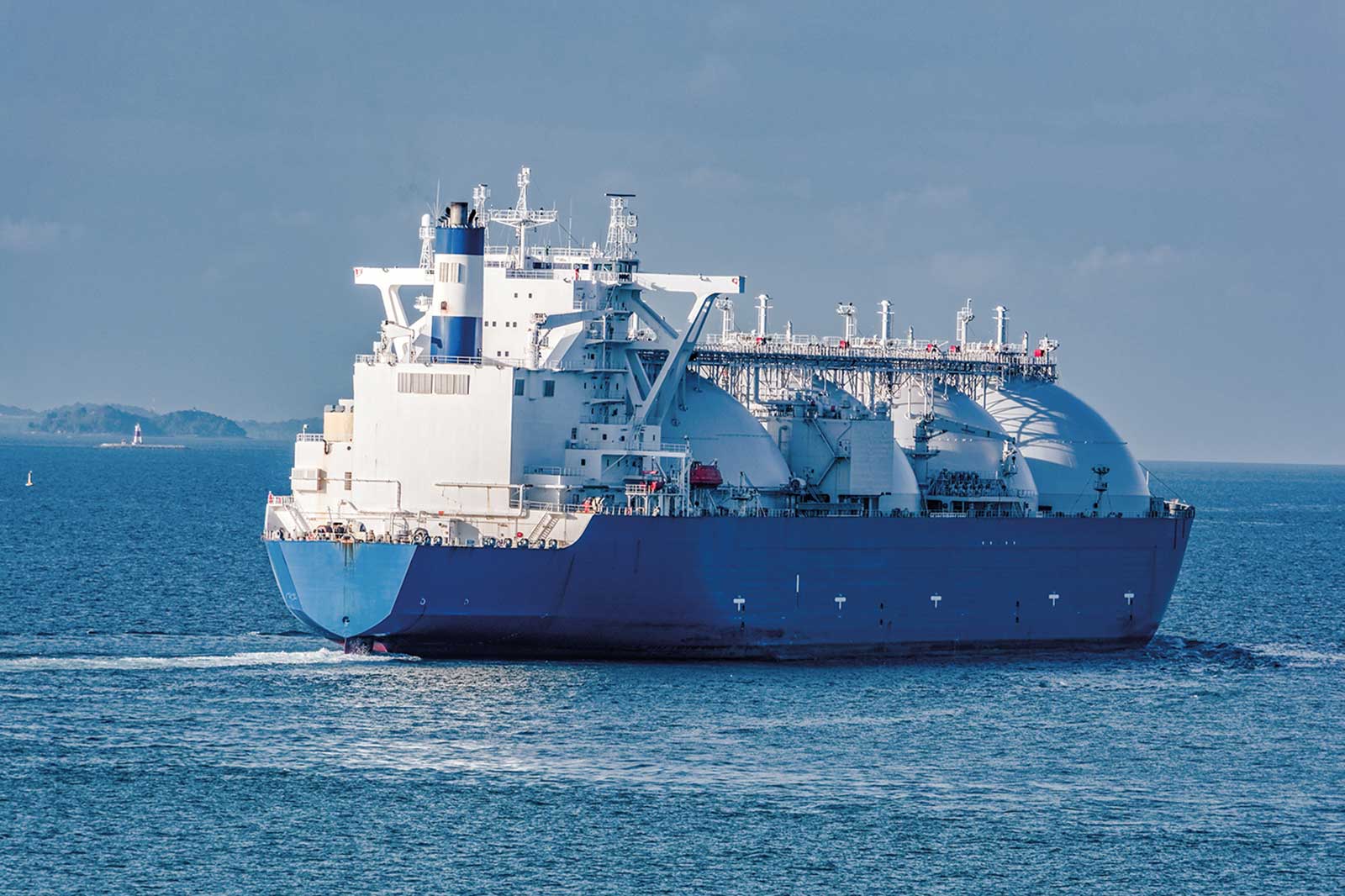In a domestic setting it’s more familiar as a fuel for heating: gas as a primary energy source can be used in many different ways and is considered a viable raw material for the future thanks to its low CO2 emissions during combustion.
It is also used as a heat source for thermal processes in trade and industry, as a fuel for electricity generation, or for motor vehicles and ships. Originally a by-product of petroleum extraction, it is now a convertible energy source throughout Europe.




